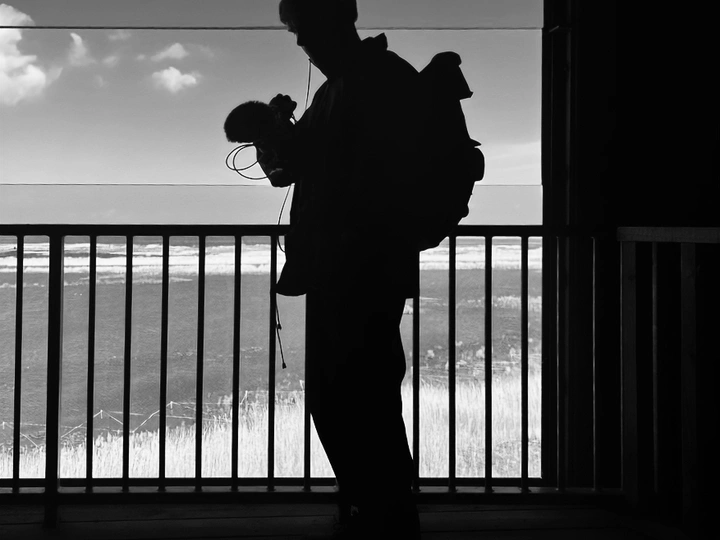Polynoise

I am a multidisciplinary artist based in Amsterdam. My practice is broadly oriented around the medium of sound, and is informed by the fields of sound design, interaction/instrument design and spatial practices. Through my educational backgrounds in Interaction Design (BA) and Interior Architecture (MA) I developed I framework from which I investigate spatial-sonic experience and sound’s materiality, phenomenology and context. Most of the works I produce are in the forms of installations, performances and compositions.
‘Polynoise’ is a term found in R. Murray Schafer’s book ‘Soundscape: Our Sonic Environment and the Tuning of the World’, in which it is not really elaborated on any further. In my interpretation it can be a multitude of noises (sounds) funnelled into a singular but still complex experience of them, like a manifold. I use it as an umbrella term for the works within my broader sound based practice that involve situated listening and field-recording as their main methodologies.
Taking the time to listen in a place and the act of distilling sounds from their context through recording allows for different understandings and experiences of it. A place’s soundscape is the result of its specific complex assembly of elements. There are audible (albeit sometimes abstract) traces of human action/intervention and the social, political and economical constructions, but also the non-human presence and environment. Depending on context, the presentation of material is not limited to the traditional formats and conventions of the stage, auditorium or exhibition space. It takes up many forms, such as: compositions, sound walks, guided collective listening, site-specific performances, installations, interventions and workshops.
A recent example of this is a composition called ‘Sediments’ which was the product of a visit to the Marker Wadden. This group of artificial islands in the Netherlands’ Ijsselmeer former sea provides a protected bird sanctuary, and is also an experimental laboratory for the creation of land(scape) funded by the countries lucrative dredging industry. Listening to the sounds found on these islands I was intrigued by combination of the sounds from ‘natural’ sources and the human-made infrastructure of the islands. The resulting composition was accompanied by improvised musical elements and broadcasted on Jonathan Castro’s The Locus on LYL Radio in may 2023.